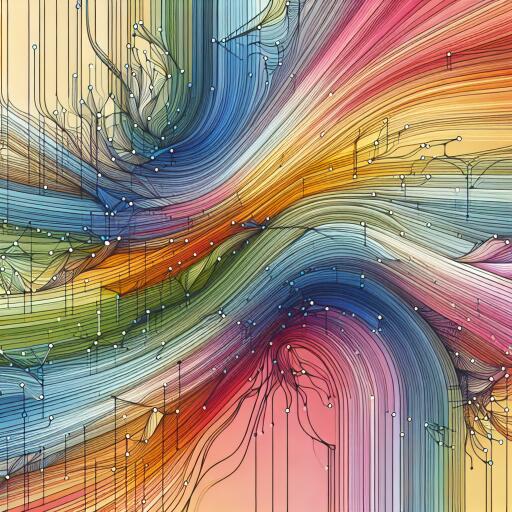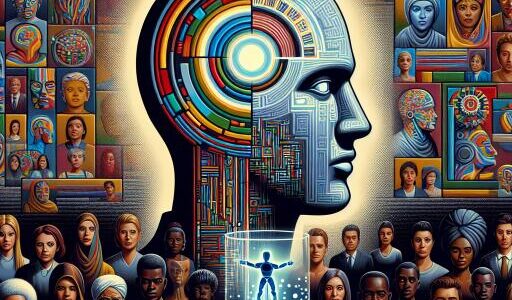Baudou: A Deep Dive into Medieval Research
The fascinating tapestry of history comes alive through the meticulous study of the medieval period. This article seeks to illuminate three integral areas of study focusing on this intriguing epoch: medieval Europeanization, the historiography of medieval places, and the significance of the cultural environment from the medieval era to the present. Together, these areas form a vibrant mosaic that not only enriches medieval research but also intersects with the history of science and cultural heritage studies.
Medieval Europeanization: Understanding the Tapestry of Cultures
Medieval Europeanization refers to the process of cultural, political, and economic integration that occurred in Europe during the Middle Ages. This era saw a remarkable blending of customs, traditions, and governance systems that laid the groundwork for modern Europe. By studying medieval Europeanization, researchers can gain insight into how these early interactions influenced contemporary European identity and cultural cohesion.
Throughout the medieval period, various factors such as trade, warfare, and religious missions contributed to this Europeanization. The exchange of ideas and goods across regions facilitated a blending of cultures that played a crucial role in shaping the identities of emerging nation-states. As scholars delve deeper into this field, they unearth connections that provide a better understanding of how historical precedents continue to impact present-day European society.
The Historiography of Medieval Places: Mapping Our Past
Historiography, the study of how history is written, offers another compelling avenue of medieval exploration. Focusing on the historiography of medieval places allows researchers to examine how past narratives have been constructed and interpreted over time. By scrutinizing historical texts, archeological findings, and artifacts, scholars are able to reconstruct the societal and spatial dynamics of medieval communities.
Understanding the historiography of places enables us to trace the evolution of historical thought and recognize the influence of social, political, and cultural environments on how history was recorded. Researchers engage in a continuous dialogue with the past, challenging existing interpretations, and redefining medieval landscapes that hold significant cultural and historical value.
The Cultural Environment: From Medieval Times to Modern Day
The medieval period’s cultural environment has a profound impact on contemporary life, ensuring that medieval studies remain relevant today. This environment encompasses traditional tales, myths, and practices that have permeated through the centuries and continue to influence modern culture, arts, and societal norms.
By studying the cultural and environmental factors of the medieval era, historians and cultural experts can connect past influence with current societal trends. They can trace the lineage of modern customs and storytelling back to their medieval roots, demonstrating the enduring legacy of these bygone times.
The field of medieval research plays a crucial role in conserving cultural heritage and promoting an understanding of historical context in the development of modern societies. Initiatives in this area link scientific history, cultural studies, and heritage research, creating a multidisciplinary approach that enhances our comprehension of historical continuity.
Conclusion: Weaving Together Medieval Threads
The study of medieval Europeanization, the historiography of medieval places, and the cultural environment of the Middle Ages offers invaluable insights into how our past continues to shape the present. Each of these research areas works to unravel the complex history of the medieval period, illuminating the intricate processes that underpin modern European identity and culture.
By exploring these fascinating aspects of medieval research, historians and researchers contribute to a greater understanding of humanity’s shared past. As they peel back layers of history, they reveal stories and lessons that guide our future, anchoring us firmly within the context of our rich and diverse heritage.
In conclusion, the ongoing study of the medieval period serves not only to enrich our historical knowledge but to inform our collective identity, ensuring the preservation and appreciation of our cultural legacy for future generations.










